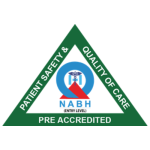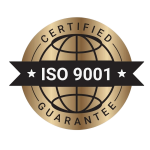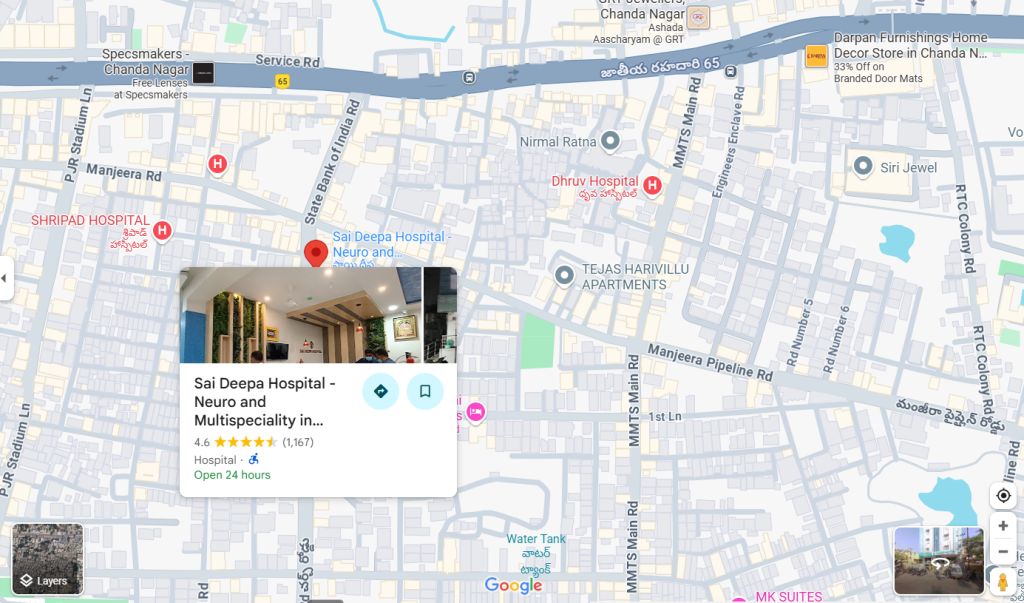What Is Bronchoscopy
- Home
- What Is Bronchoscopy
Bronchoscopy
Bronchoscopy stands as one of the most important diagnostic and therapeutic procedures in modern medicine. By allowing doctors to look directly into the airways, this minimally invasive technique has transformed how respiratory diseases are diagnosed and treated. Whether it is detecting lung infections, evaluating chronic cough, or managing complex pulmonary conditions, bronchoscopy provides unmatched clarity and precision.
Book Free Appointment
1L+
Happy Customers
25+
Qualified Doctors
50
Rooms
5000+
Successful Surgeries
Free
Consultation
24/7 Ambulance
Facility
Insurance
Claim Support
What is Bronchoscopy?
Bronchoscopy is a medical procedure that enables doctors to examine the inside of the trachea, bronchi, and lungs using a specialized instrument known as a bronchoscope. This instrument is a thin, flexible tube fitted with a light and camera, transmitting clear, real-time images of the air passages. In some cases, a rigid bronchoscope may be used, particularly when larger instruments or interventions are required.
By offering a direct view of the respiratory tract, bronchoscopy helps physicians detect abnormalities that may not be visible through imaging tests alone. It also facilitates sample collection for biopsy, cultures, or cytology, making it invaluable in diagnosing a wide range of lung disorders.

Dr. Sasidhara Roa A
MBBS, MS
5000+ Successful Surgeries
11+ Years of experience
Dr. Sasidhara Rao A. is an experienced General and Laparoscopic Surgeon at Sree Sai Deepa Hospitals, Chandanagar, with over 11 years of expertise and 5000+ successful surgeries. He specializes in laparoscopic, laser, and microscopic surgeries, treating conditions like piles, fissures, varicose veins, and gallbladder issues.
Doctor’s Fellowships:
Fellowship - International Society of Coloproctology
Fellowship in Intimate Health
Fellowship in Diagnostic Endoscopy
Why is Bronchoscopy Performed?
Doctors recommend bronchoscopy for multiple reasons. Patients presenting with unexplained symptoms such as chronic cough, coughing up blood, or persistent infections often undergo this procedure for accurate evaluation. It also plays a critical role in detecting and managing conditions such as:
Lung cancer: Identifying suspicious growths and taking biopsy samples.
Infections: Diagnosing tuberculosis, pneumonia, or fungal infections.
Airway obstructions: Locating blockages caused by tumors, mucus plugs, or foreign bodies.
Chronic lung diseases: Assessing conditions like sarcoidosis or interstitial lung disease.
Beyond diagnosis, bronchoscopy also serves therapeutic purposes. Doctors can use it to remove foreign bodies, clear secretions, place stents in narrowed airways, or even deliver medications directly to diseased lung tissue.
Types of Bronchoscopy
Medical science recognizes two primary forms of bronchoscopy, each suited for specific clinical needs:
1. Flexible Bronchoscopy
This is the most commonly performed type. The flexible bronchoscope can easily navigate the branching structure of the bronchi, providing detailed images and allowing tissue sampling. Because it causes minimal discomfort, most patients tolerate it well under local anesthesia and mild sedation.
2. Rigid Bronchoscopy
Rigid bronchoscopy uses a straight, wider tube. It requires general anesthesia but offers advantages in specific scenarios. Surgeons prefer this approach when removing large foreign bodies, controlling significant bleeding, or inserting airway stents. Though less common, it remains indispensable in complex pulmonary cases.
How is Bronchoscopy Performed?
The procedure begins with patient preparation, which may include fasting for several hours before the test. Local anesthetics numb the throat, while mild sedatives help the patient relax. In some cases, general anesthesia is administered, especially for rigid bronchoscopy.
Once the bronchoscope is gently inserted through the nose or mouth, it passes into the throat, trachea, and deeper into the bronchial passages. The attached camera projects live images onto a monitor, enabling the doctor to examine the airways thoroughly. If necessary, tissue samples are collected using small instruments passed through the bronchoscope. The entire process usually takes 30 to 60 minutes.
Get your surgery cost
Benefits of Bronchoscopy
Bronchoscopy offers several key benefits that make it a preferred diagnostic tool in pulmonary medicine:
- Accuracy: It provides direct visualization of the airways, eliminating guesswork.
- Minimally invasive: Compared to surgical procedures, it involves far less discomfort and recovery time.
- Dual purpose: It combines both diagnostic and therapeutic functions, reducing the need for multiple interventions.
- Early detection: It helps identify serious diseases such as cancer at an earlier stage, improving treatment outcomes.
Risks and Safety
Like all medical procedures, bronchoscopy carries some risks. However, when performed by trained specialists, complications remain rare. Possible side effects include sore throat, coughing, or mild bleeding from biopsy sites. In very few cases, more serious risks such as infection, bronchospasm, or low oxygen levels may occur.
Doctors take every precaution to ensure patient safety by monitoring vital signs throughout the procedure and providing appropriate care during recovery. Most patients go home the same day and resume normal activities within 24 hours.
Accreditations

Saideepaneurocare Hospitals is NABH certified, a mark of excellence in patient safety and care. We follow stringent healthcare protocols and maintain world-class hygiene standards.

We are ISO 9001 certified, ensuring the highest standards in quality management and patient care. This certification reflects our commitment to efficient processes and continuous improvement in healthcare services.
Advances in Bronchoscopy Technology
Over the years, bronchoscopy has evolved with remarkable innovations. High-definition imaging and video bronchoscopy now provide clearer visuals, enhancing diagnostic accuracy. Virtual bronchoscopy, using CT imaging, allows doctors to simulate airway inspection without inserting a scope. Robotic-assisted bronchoscopy is another breakthrough, giving specialists greater precision in navigating the intricate bronchial pathways to reach hard-to-access nodules.
These advances have expanded the scope of bronchoscopy, making it more effective, less invasive, and safer for patients.
Preparing for a Bronchoscopy
Patients scheduled for bronchoscopy should follow their doctor’s instructions carefully. Typical preparations include:
Fasting for six to twelve hours before the test.
Adjusting medications, especially blood thinners.
Arranging transportation, since sedation may temporarily impair alertness.
Understanding what to expect reduces anxiety and helps ensure a smoother experience.
Recovery After Bronchoscopy
After the procedure, patients spend a short time in recovery until the sedatives wear off. Temporary side effects may include hoarseness, throat irritation, or mild coughing. Doctors usually advise avoiding food or drink until the throat is fully numb-free, reducing the risk of choking.
Most individuals return to routine activities the following day. However, patients should immediately report heavy bleeding, severe chest pain, or breathing difficulties.
Sai Deepa Hospital - Neuro and Multispeciality
Plot no 387, Church road, Huda colony, Chanda Nagar, Hyderabad – 500050
Conclusion
Bronchoscopy has become a cornerstone in modern respiratory care. By offering a direct view of the airways and enabling precise interventions, this procedure bridges the gap between diagnosis and treatment. From detecting lung cancer to clearing obstructions, bronchoscopy empowers doctors to make accurate decisions and improve patient outcomes.
For individuals experiencing unexplained respiratory symptoms, consulting a pulmonologist about bronchoscopy may be the first step toward clarity and recovery. With advancing technology and expert hands, this procedure continues to play a vital role in safeguarding lung health.


